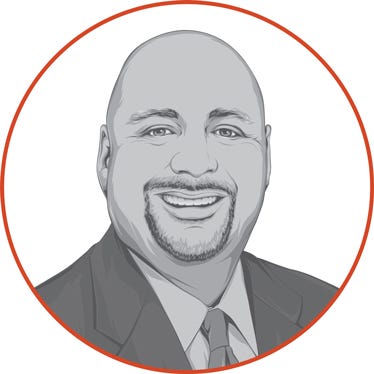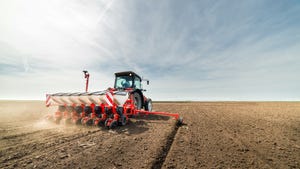
When it comes to having different tools available, most farms are well-prepared. Over the years, your operation probably acquired various tools. Each new tool was likely in response to different repair situations.
Your operation might even be at the point where you’ve stopped getting new tools and can address nearly any repair or problem with tools you already have in the shop. That can be a nice place to be – where you don’t really have to think about or purchase a bunch of new tools in response to each issue that arises.
Hammering it out
Have you ever heard the saying, “If all you have is a hammer, everything looks like a nail”? Imagine what would happen if the only tool you had in your operation was a hammer – and no one in your operation, including yourself, ever thought to look for or buy any other tools.
It would certainly be a disaster when it came to fixing equipment, buildings, fences and vehicles if the only tool we were aware of was a hammer! There would be a lot more damage than repair going on.
It’s very similar when it comes to the business challenges we face in our operation. It can be essential for us to have different tools in our “thought process” toolbox when we’re problem-solving – not just trying to use a hammer on all occasions.
This might require leaders to think a bit differently or use other strategies to solve problems they encounter in the farm business. When we do that regularly, we can add to our overall “toolbox” of different strategies we can use to solve problems. Then, we’re better prepared the next time we come across a similar problem.
Three questions for the toolbox
Here are three questions you can use the next time you run into a business problem to add new tools to your thought process toolbox.
Where are we now – and where do we want to be in the future? When we run into a business problem on the farm, it can be helpful to first take a step back and look at the big picture. Taking stock of where we are now, and where we want to be, can help us notice any gaps that exist between the two. Then we can use our new awareness as we consider different creative solutions.
What have I been telling myself – that may not actually be the case? Asking this can help us notice any automatic assumptions or reactions we had when thinking through the problem. After identifying any of these thought patterns or reactions, we can consider why we think that way or believe that particular thing. Then we can consider whether that belief is serving us well in our current situation, or not.
What are some alternative ways to accomplish our goals? This is an important question to ask because we can become stuck doing the same thing repeatedly – while expecting different (better) results. Brainstorming alternative ways to accomplish something can often help yield better, more creative solutions than simply doing what we’ve always done.
You can talk more about the challenges your farm is facing and ways to develop your thought process toolbox with an advisor for the farm.
The opinions of the author are not necessarily those of Farm Futures or Farm Progress.
About the Author(s)
You May Also Like






